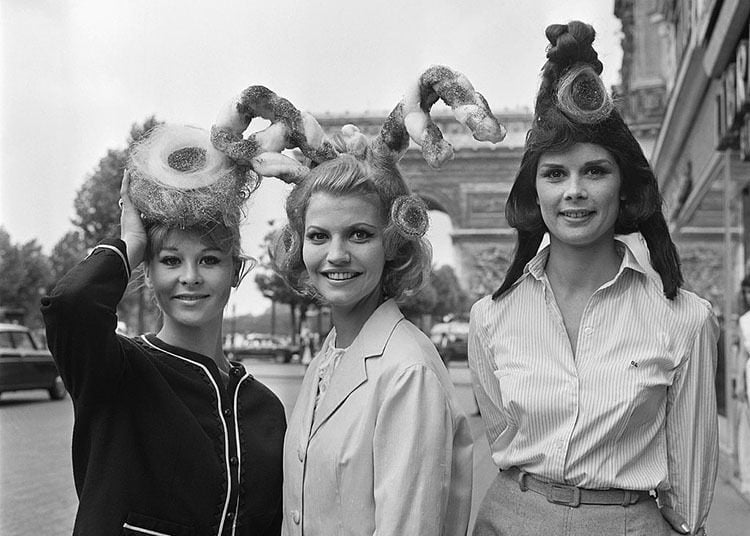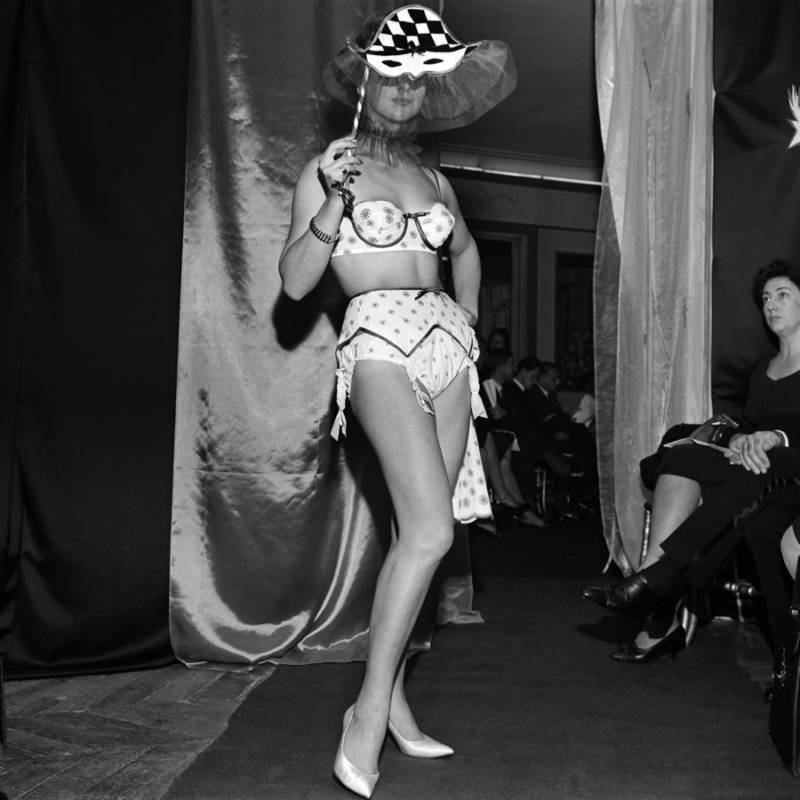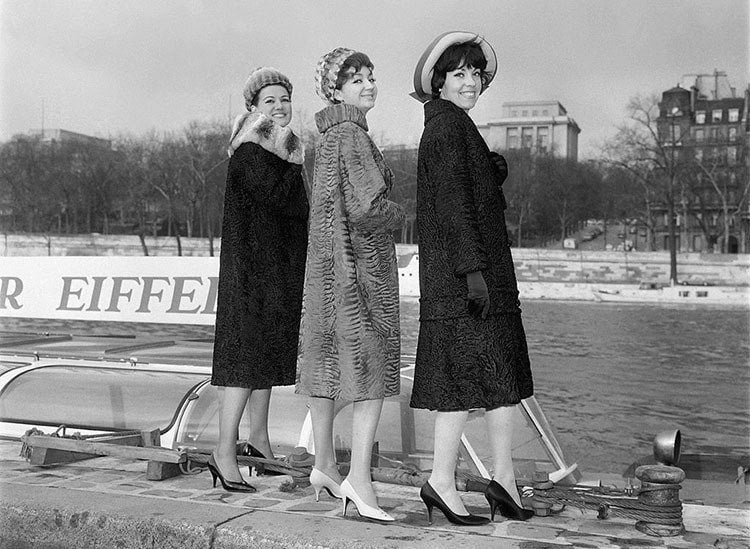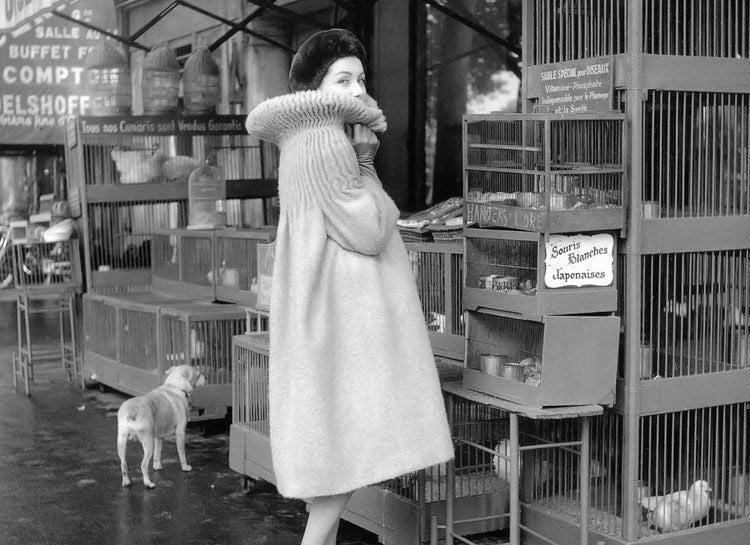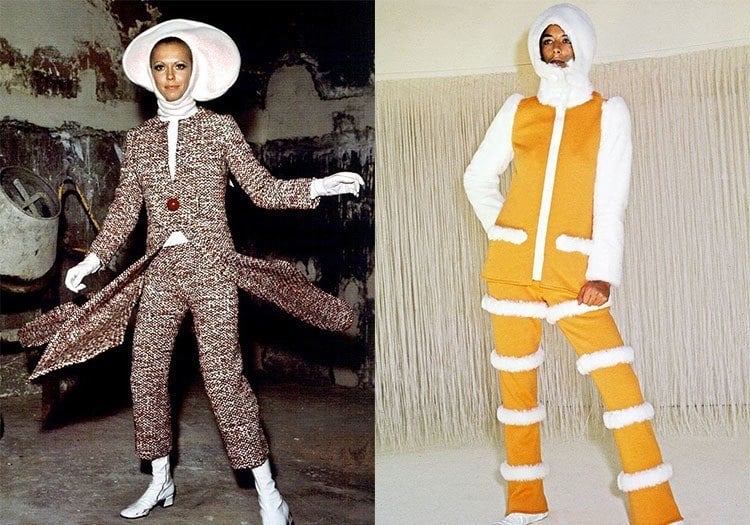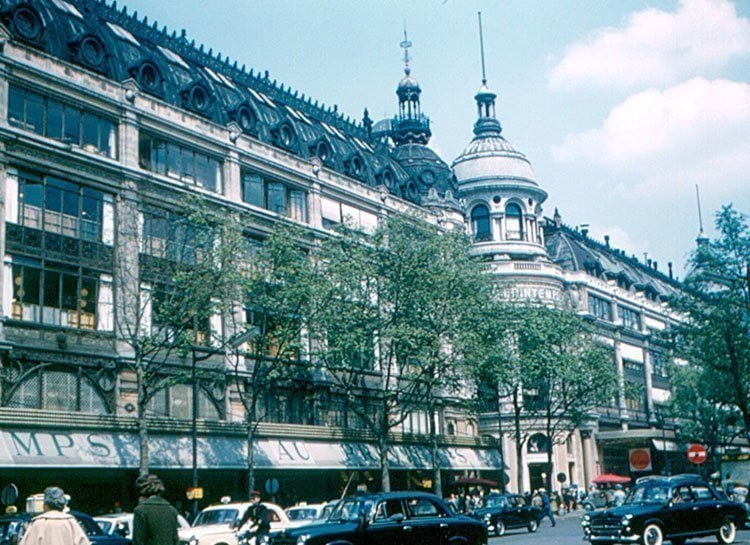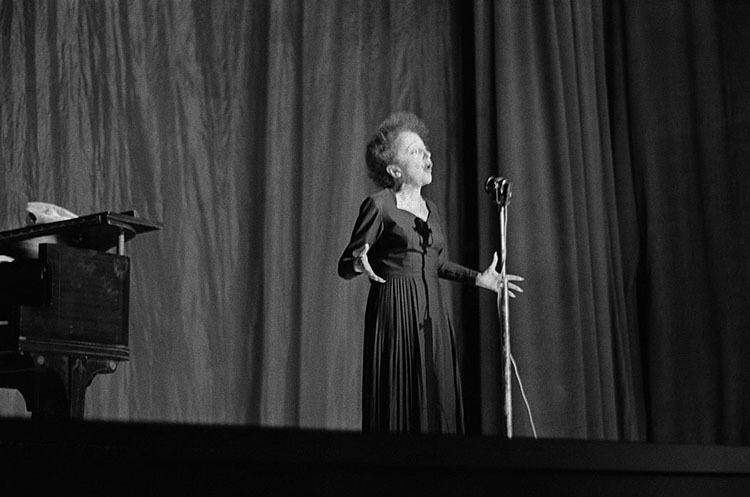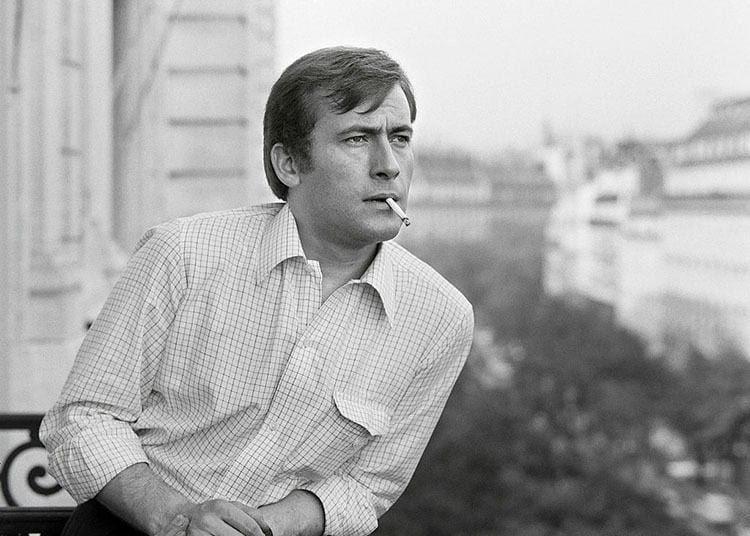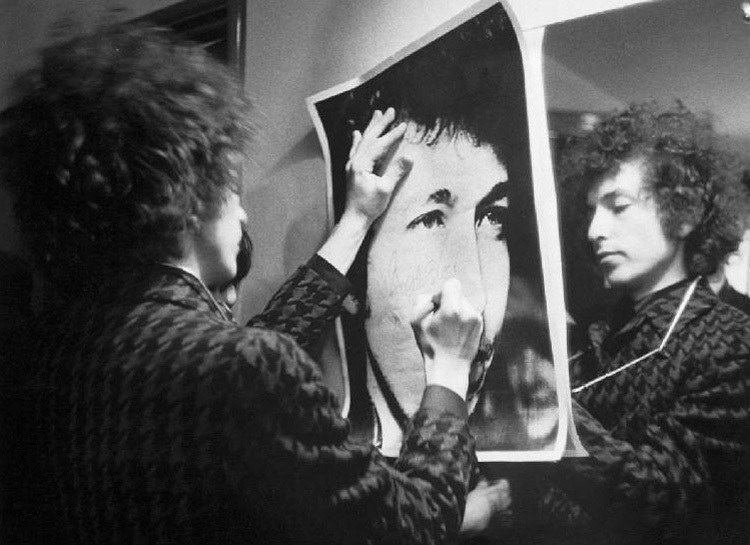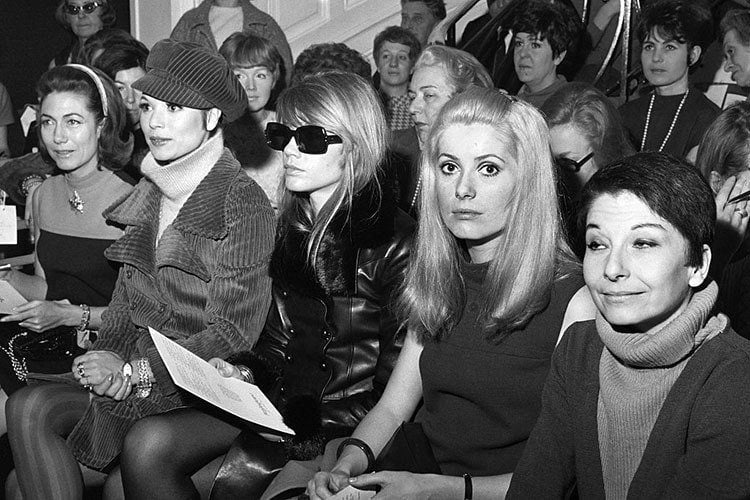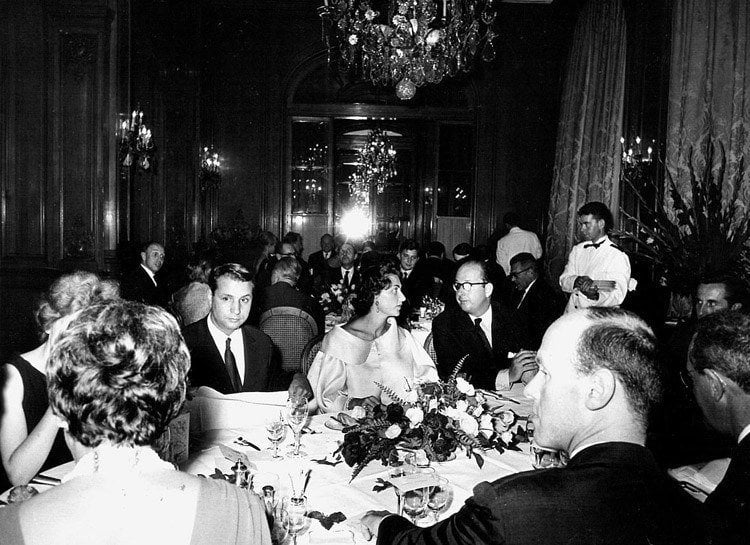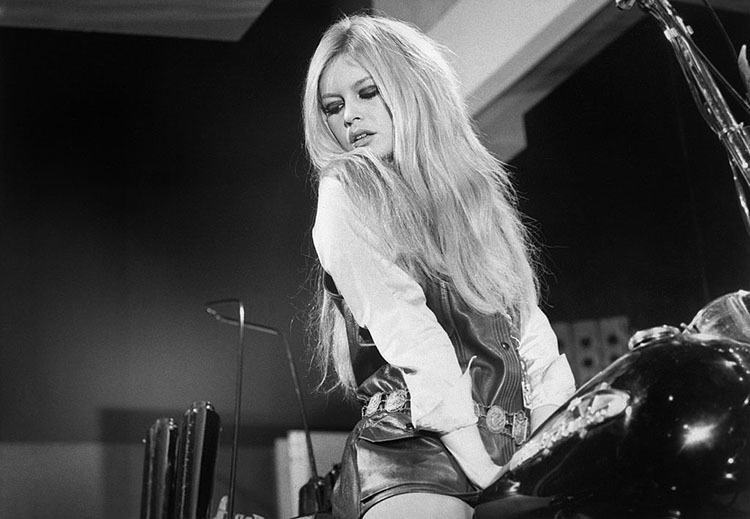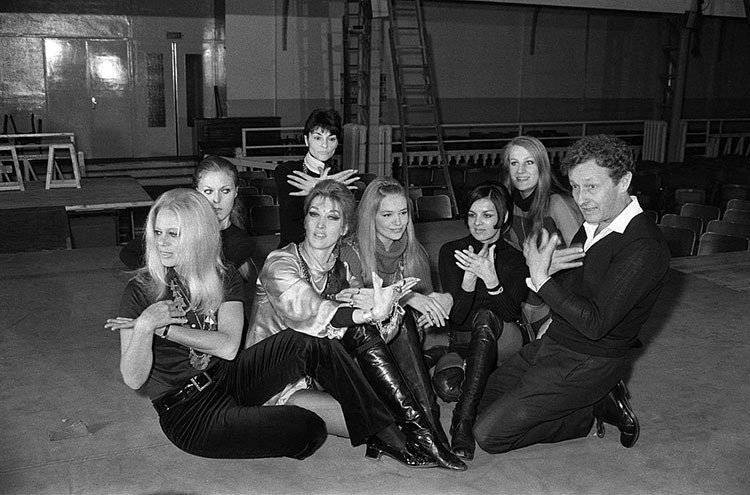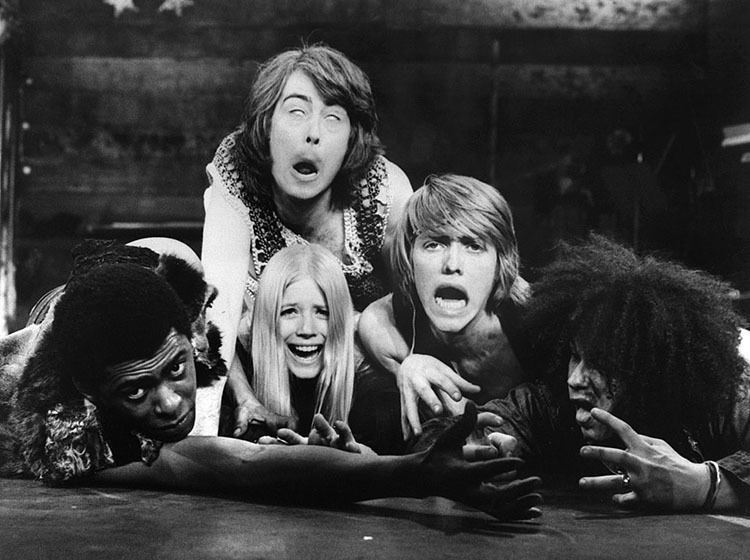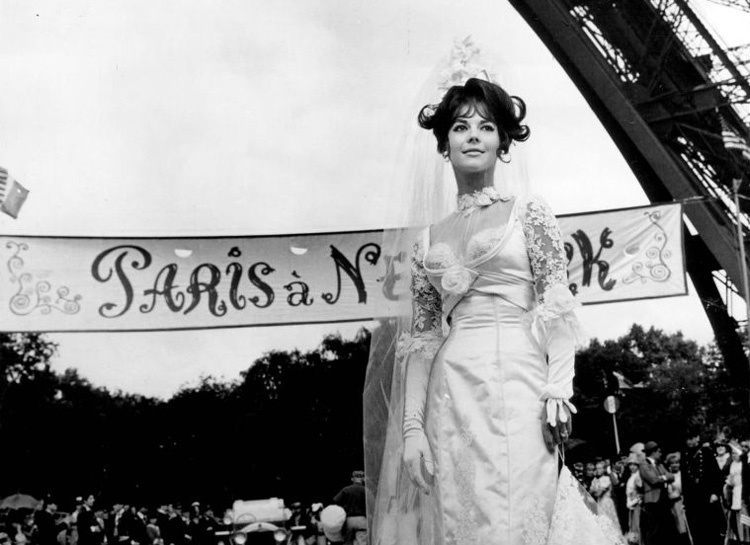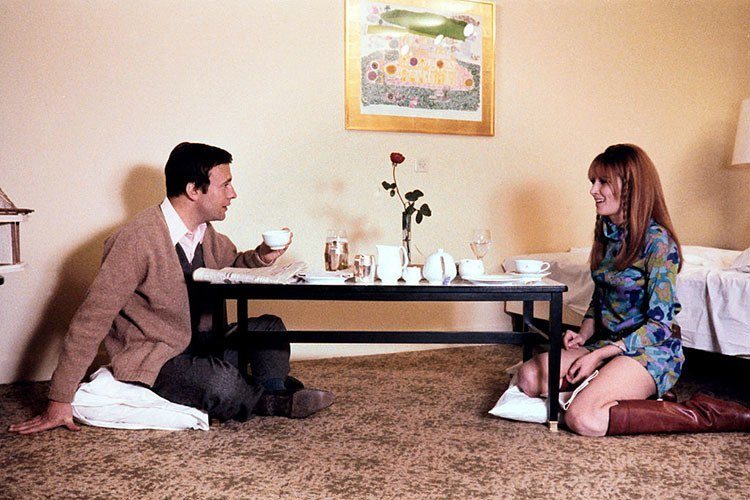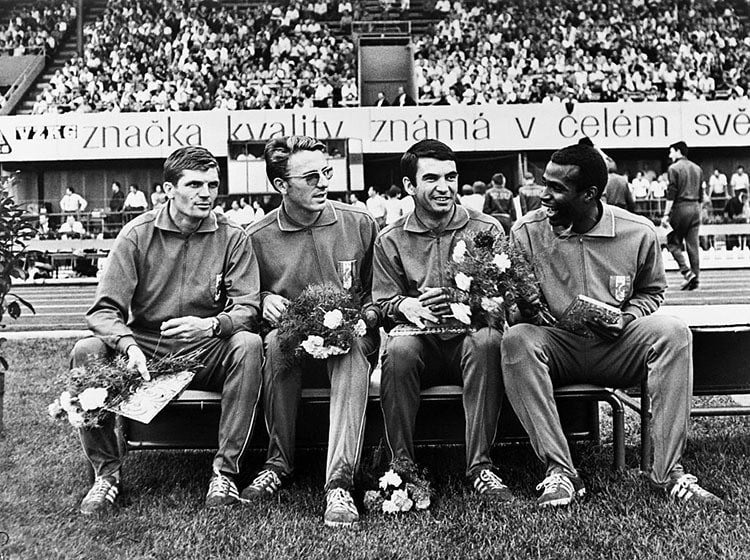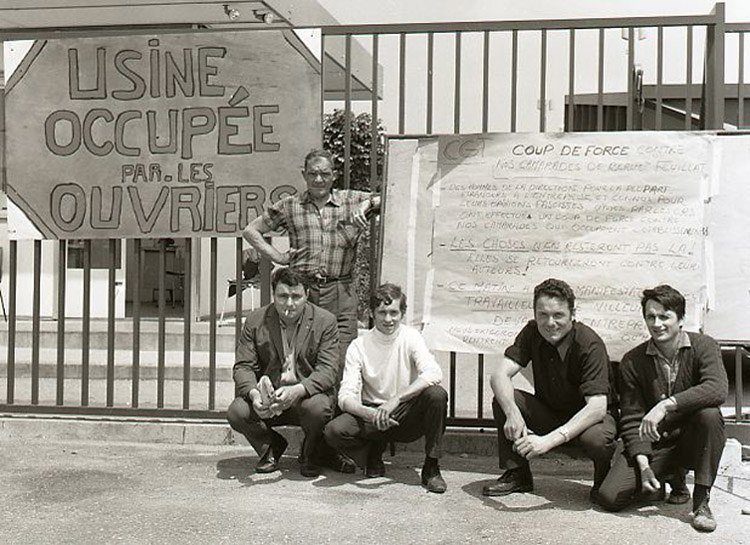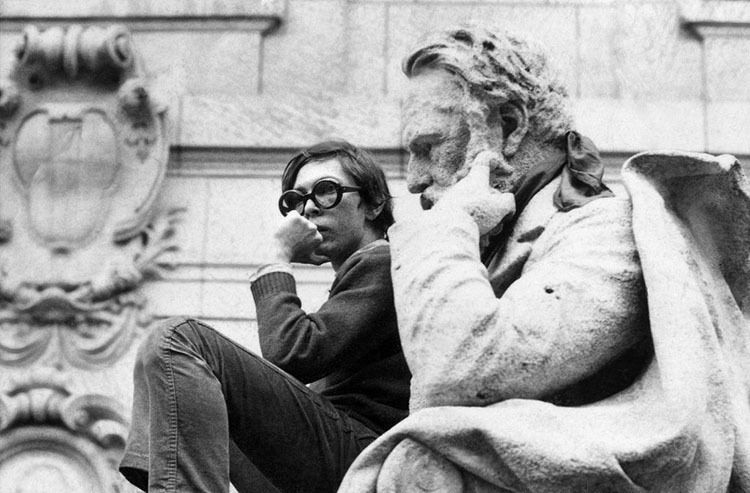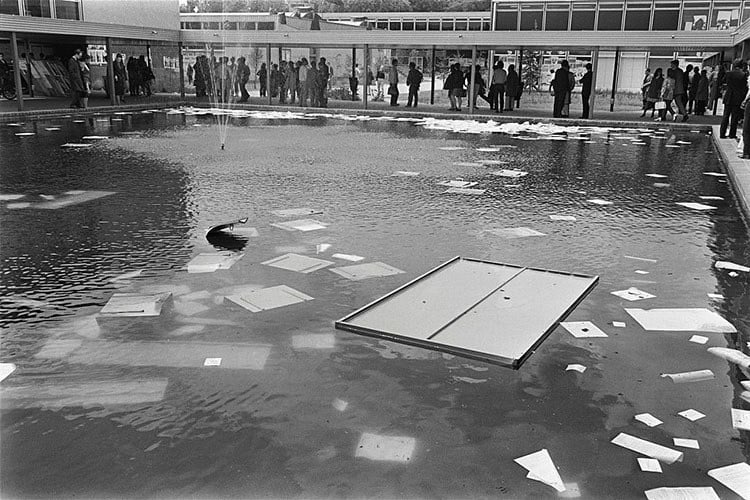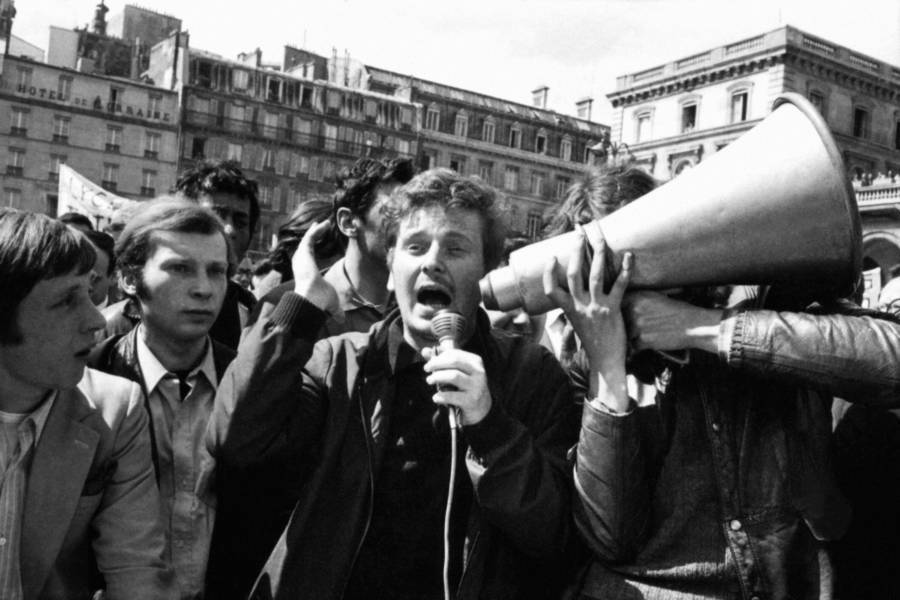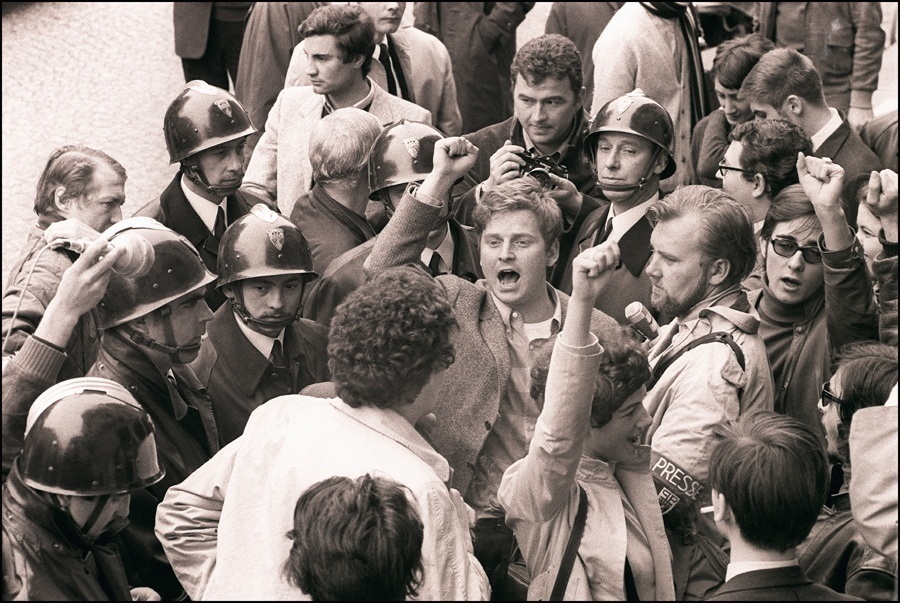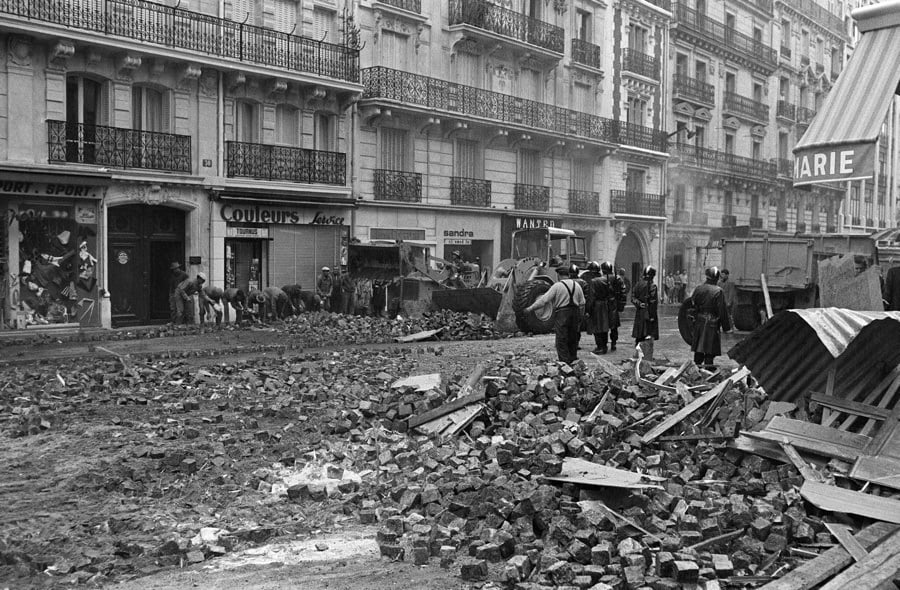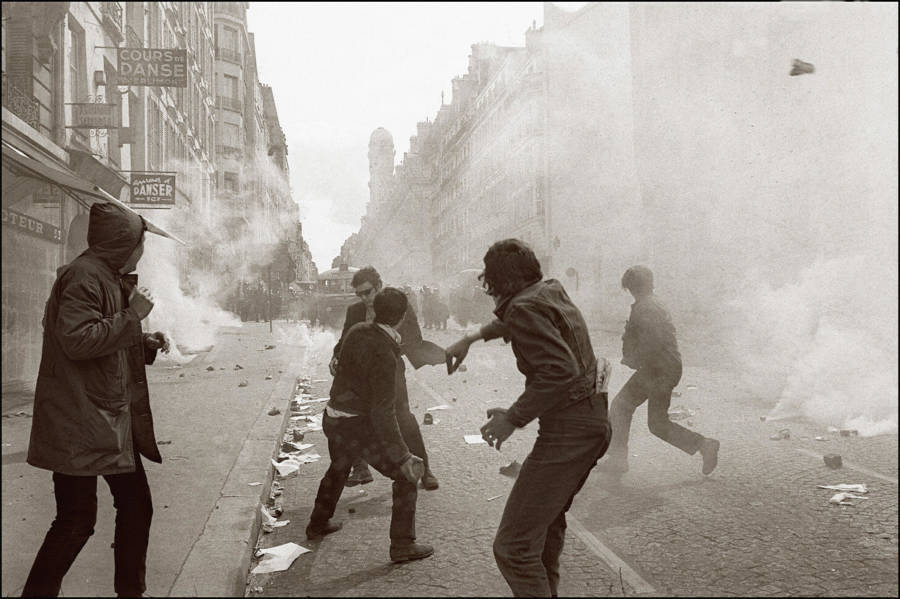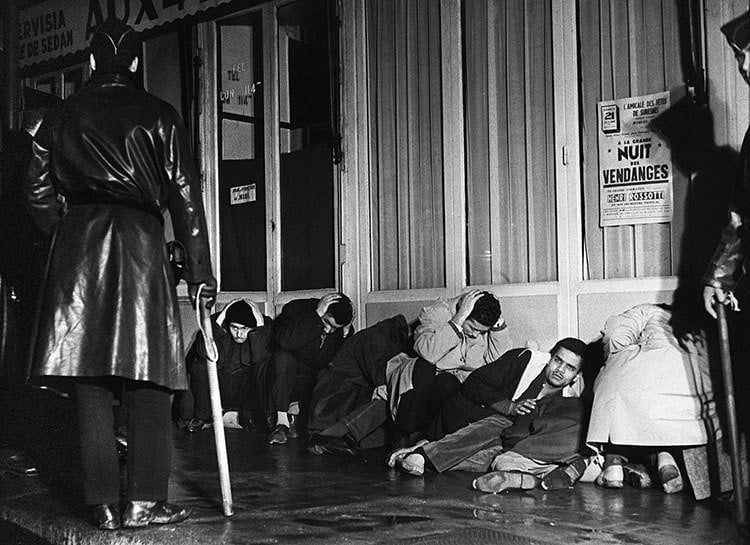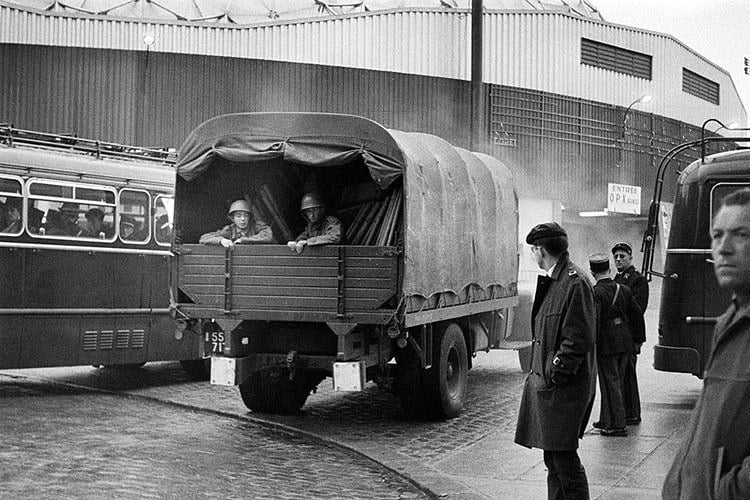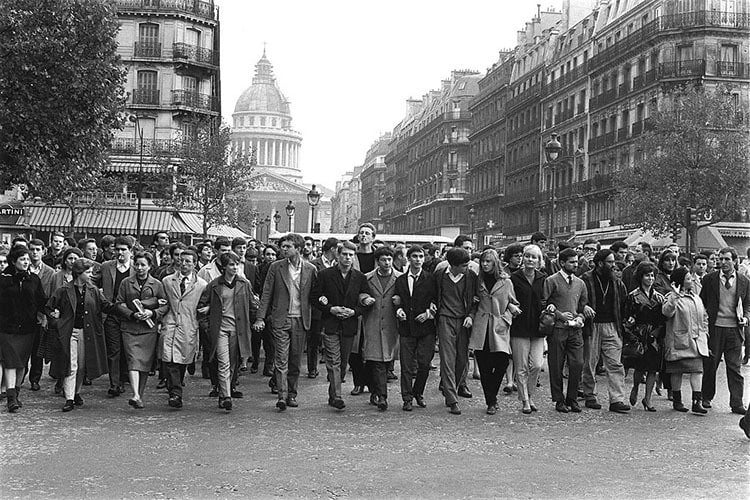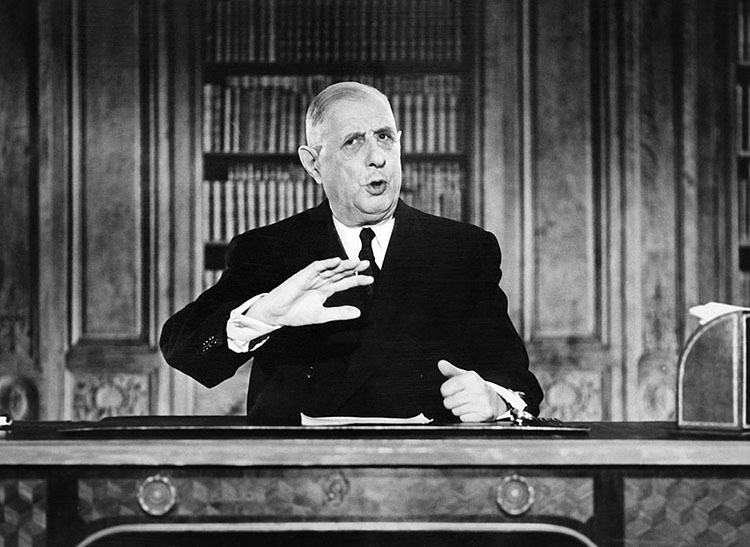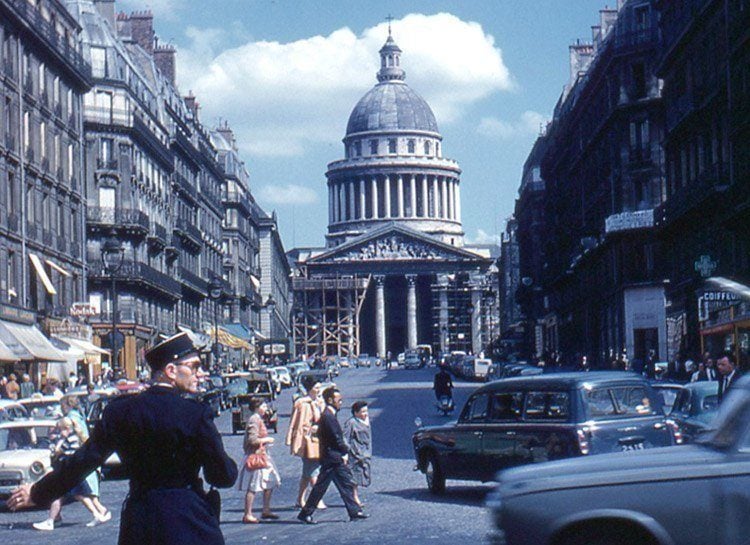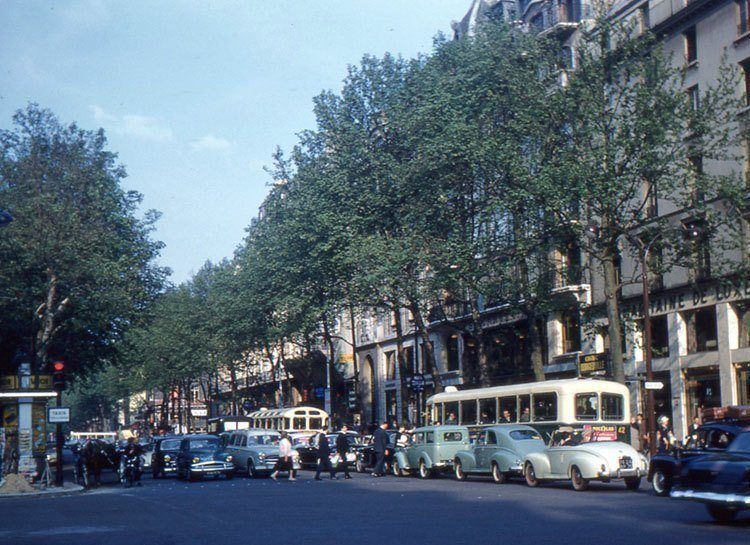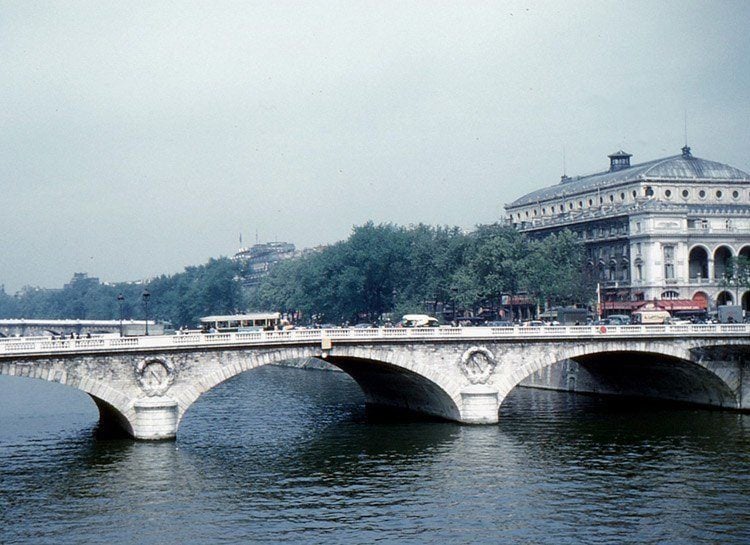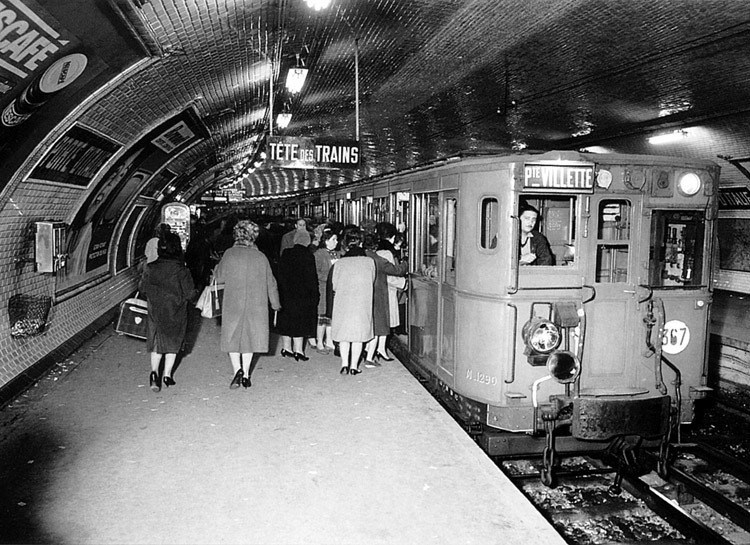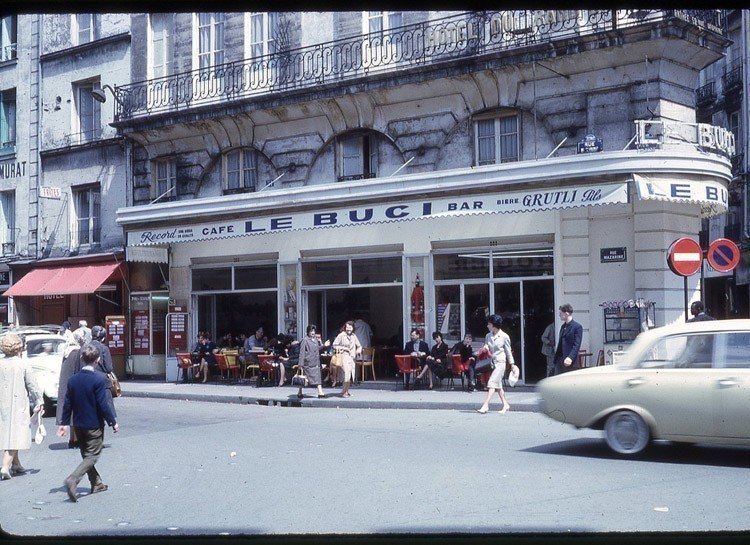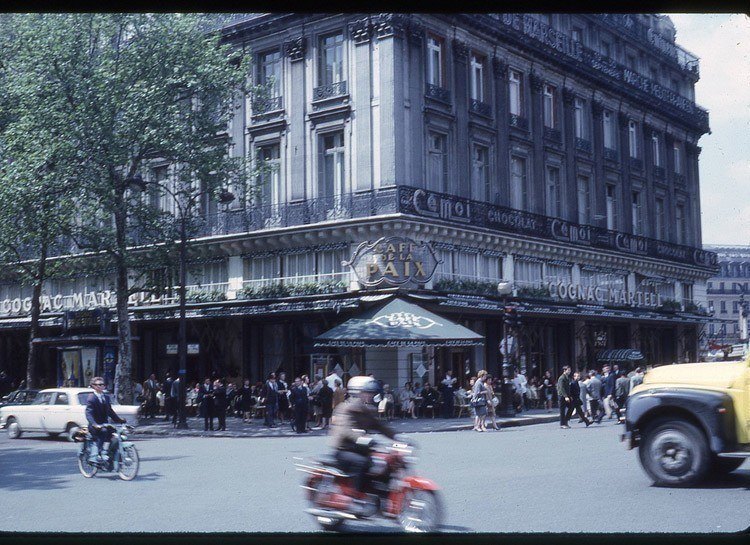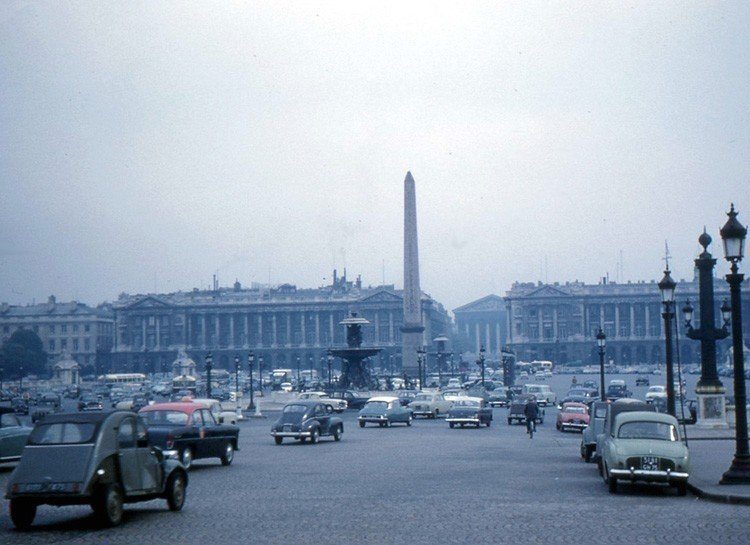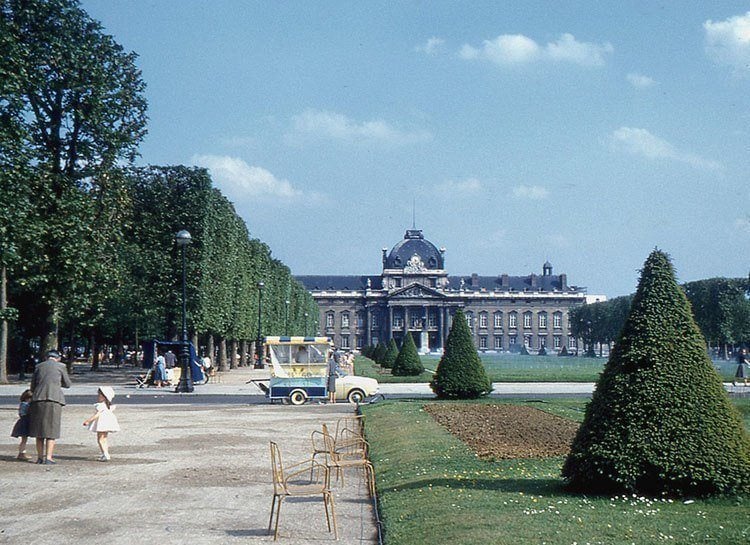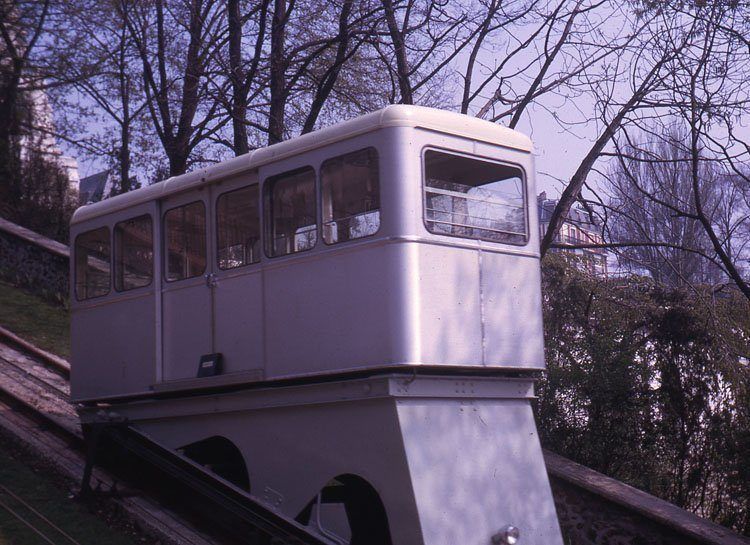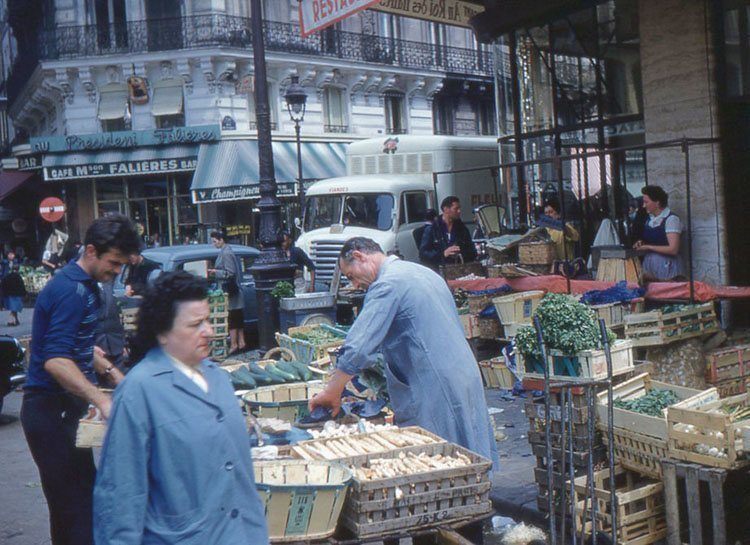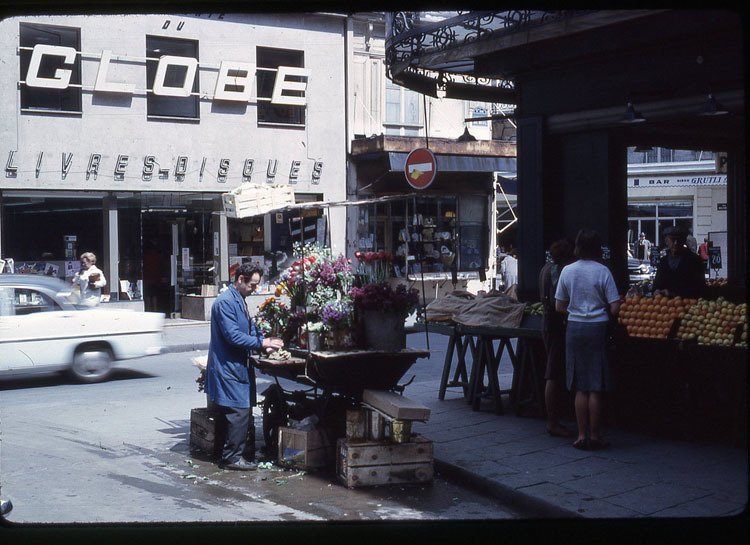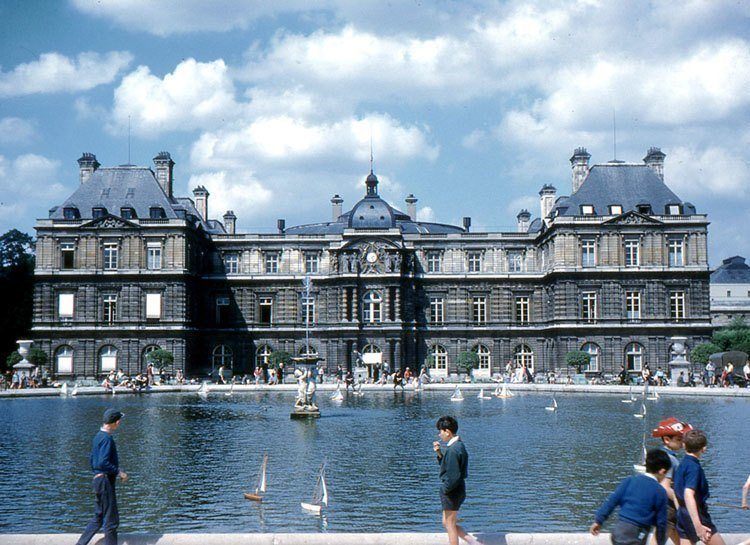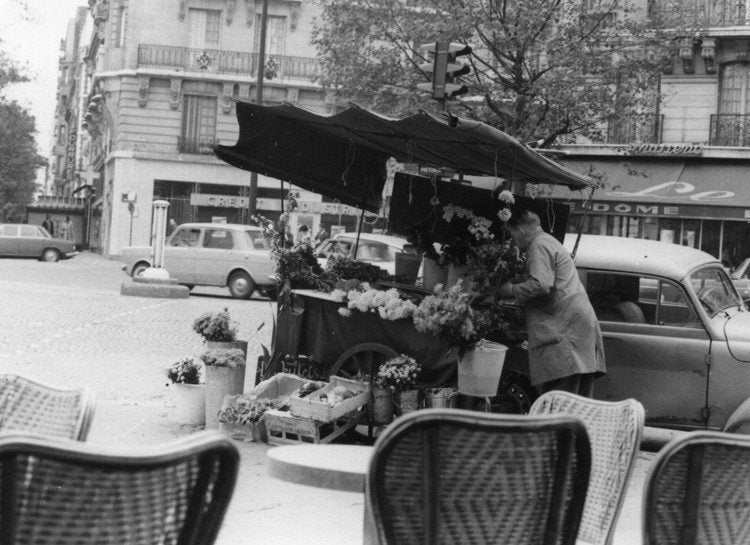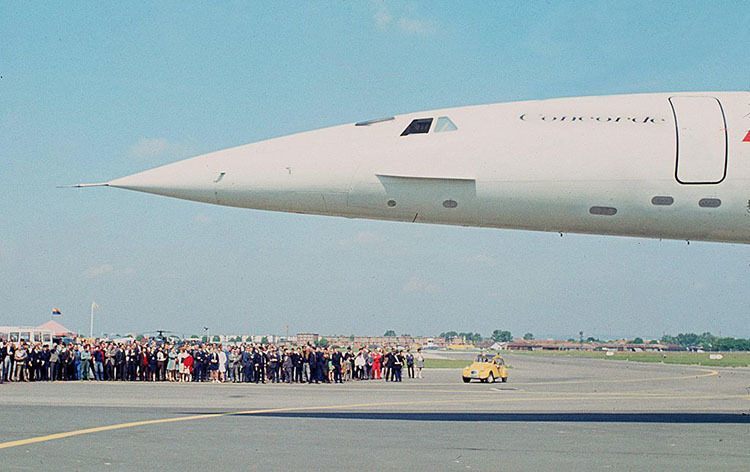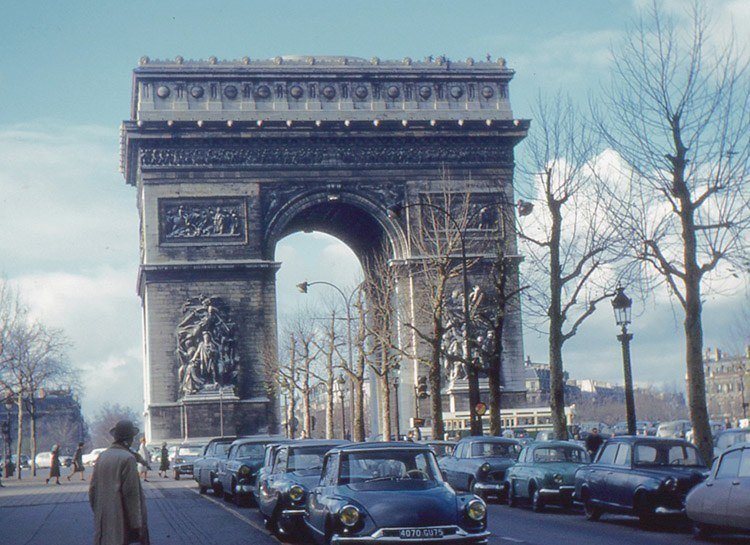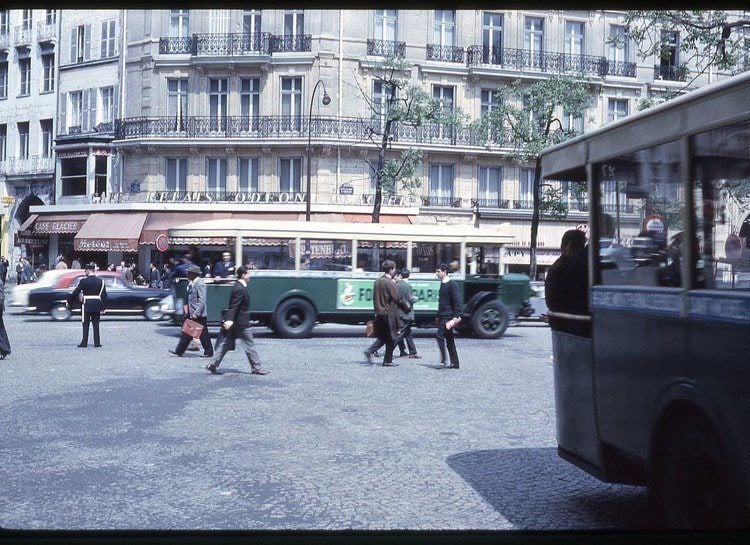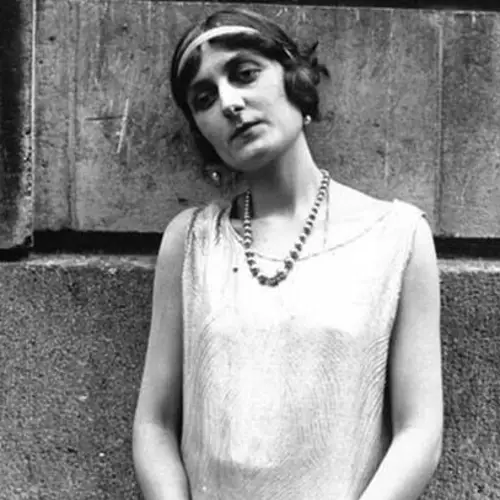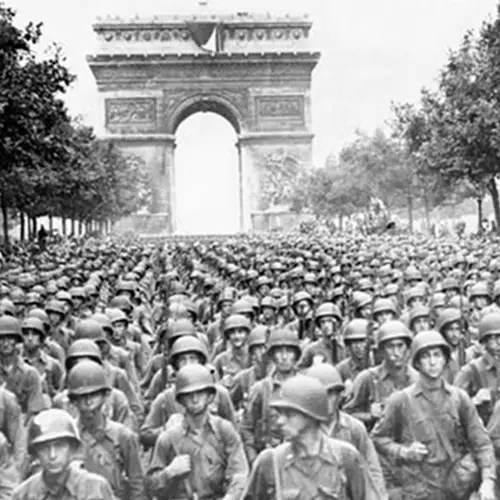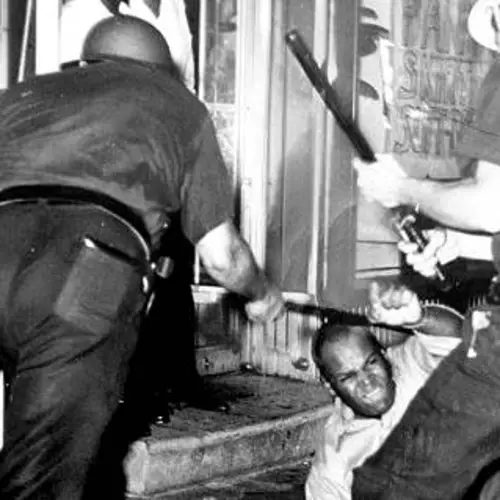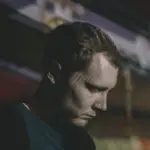1 of 45
Models pose on July 12, 1962. AFP/Getty Images
2 of 45
A model poses at a lingerie showcase for the French brand Charmereine in 1961. STRINGER/AFP/Getty Images
3 of 45
Models present three "Brunschick" astrakhan fur coats on the banks of the Seine River, March 3, 1962. AFP/Getty Images
4 of 45
Model photographed by celebrated German photographer Willy Maywald, 1960. Ŧhe ₵coincidental Ðandy/Flickr
5 of 45
Models don rather mod clothing in the 1960s. Getty Images
6 of 45
Printemps department store — one of the premier shopping experiences in 1960s Paris. Roger Wollstadt/Wikimedia Commons
7 of 45
French singer Edith Piaf performs on stage at the Olympia Concert Hall on December 30, 1960. STF/AFP/Getty Images
8 of 45
Actor Michel Duchaussoy, 1964. ARCHIVE/AFP/Getty Images
9 of 45
From Bob Dylan's May 24th Paris stop on his 1966 world tour. Paul Townsend/Flickr
10 of 45
From left to right: Italian actress Elsa Martinelli, French singer Francoise Hardy, French actress Catherine Deneuve, and dancer Zizi Jeanmaire attend the Yves Saint-Laurent fashion show on February 2, 1967. STRINGER/AFP/Getty Images
11 of 45
Fashion journalist Marie-Jacques Perrier attending a dinner at Paris's Plaza Athénée hotel, 1962. Robert Perrier/Wikimedia Commons
12 of 45
Brigitte Bardot rehearses a TV show for Christmas at the ORTF (French Radio and Television Broadcasting) studio in Paris, December 3, 1967. AFP/Getty Images
13 of 45
French theater director Jean-Louis Barrault rehearses his show "Rabelais" at the Elysee Montmartre Theatre, November 22, 1968. STRINGER/AFP/Getty Images
14 of 45
Actors during an April 1969 rehearsal of the musical "Hair." STRINGER/AFP/Getty Images
15 of 45
Press photo of Natalie Wood on the Paris set of Blake Edwards' "The Great Race." Wood wrapped up her last day of dialog work on November 27th, 1964. Upon her return, Wood was taken to the emergency room after she swallowed a bottle of prescription pills. Wikimedia Commons
16 of 45
French actors Jean-Louis Trintignant and Valerie Lagrange sit during the filming of 1967's "Mon amour, mon amour" directed by Nadine Trintignant. STRINGER/AFP/Getty Images
17 of 45
From left to right: French athletes Roger Bambuck, Claude Piquemal, Jocelyn Delecour, and Marc Berger pose after winning the 4 x 100 metres relay at the European Championships in Paris, June 8, 1967. STRINGER/AFP/Getty Images
18 of 45
The striking workers' sign translates as "Factory Occupied by the Workers." Student and worker protests hit full force in mid 1968. BeenAroundAWhile/Wikimedia Commons
19 of 45
A student sits on the knee of Victor Hugo's statue in the Sorbonne courtyard during a demonstration on May 14, 1968. AFP/Getty Images
20 of 45
Ballot boxes and iron cupboards lie on the water of the pond at Vincennes University on June 6, 1969, following confrontations between far-left students belonging to the organizations that boycotted university members and elections. AFP/Getty Images
21 of 45
Picture taken on May 13, 1968 shows Daniel Cohn-Bendit, an anarchist student and a 1968 student movement far leftist leader, holding a rally at the peak of the student movement, during the demonstration organized by the French workers unions CGT, the CFDT, FO, and the FEN which also calls for a general strike. AFP/Getty Images
22 of 45
Daniel Cohn-Bendit and other students protesting at the Sorbonne on May 6, 1968. AFP/Getty Images
23 of 45
Police survey the damage of riots that took place in the Latin Quarter on the night of May 11, 1968. AFP/Getty Images
24 of 45
Picture taken on May 6, 1968 shows protesting students fighting with police in the rue Saint-Jacques. AFP/Getty Images
25 of 45
Demonstrators arrested during a march gathering between 20,000 and 30,000 pro-Front de Liberation Nationale (FLN) Algerians on October 17, 1961.
In the midst of the Algerian War -- which saw the FLN fighting for Algeria's independence from France -- French police cracked down on Algerians living in France. As many as hundreds may have been killed on this one October night.Fernand Parizot/AFP/Getty Images
26 of 45
Police vans and army vehicles parked in front of the improvised sorting center of the Paris "Palais des Sports" where Algerian demonstrators were detained during the Algerian Independence march of October 17, 1961. AFP/Getty Images
27 of 45
Hundreds of people demonstrate in the streets near the Sorbonne to protest against police racism during a recent demonstration for Algerian independence, November 1961. STF/AFP/Getty Images
28 of 45
French President General Charles de Gaulle gestures during a TV speech on December 31, 1962. AFP/Getty Images
29 of 45
At the end of this street is the Panthéon, a burial spot for French notables. Roger Wollstadt/Flickr
30 of 45
The Boulevard des Capucines is one of the city's four grand boulevards — if it looks familiar, that's because Monet painted it in 1873. Roger Wollstadt/Wikimedia Commons
31 of 45
The Pont Au Change bridge in 1960. In "Les Miserables," police inspector Javert throws himself into the Seine River upon realizing he cannot turn Jean Valjean over to the authorities. Roger Wollstadt/Wikimedia Commons
32 of 45
The Paris metro in 1960. The 1950-1980 population boom caused the metro to be very crowded during rush hour. In the '60s, the solution was to join existing suburban lines to new underground portions in the city center. Wikimedia Commons
33 of 45
Café Le Buci, 1963. This café is still in business today. Photo: Rob Ketcherside/Flickr
34 of 45
Another restaurant that is still open, the Café de la Paix, Paris, pictured in 1963. Photo: Rob KetchersideFlickr 35 of 45
One of the major public sqaures in Paris, the Place de la Concorde. Roger Wollstadt/Wikimedia Commons
36 of 45
The Ecole Militaire (military school) was founded in 1750. Napoleon graduated from the institution, only taking him one year to complete his courses instead of the normal two. Roger Wollstadt/Flickr
37 of 45
The Montmartre funicular, above, takes passengers from the bottom of the large hill (Montmartre) to the top, near the foot of the Sacré-Cœur basilica. The train looks quite different today due to remodeling. jhm0284/Wikimedia Commons
38 of 45
Vendors in Les Halles, Paris' famed food market. Roger Wollstadt/Wikimedia Commons
39 of 45
A street scene at the corner of the Cafe Le Buci and the Le Libraire du Globe bookstore. Rob Ketcherside/Flickr
40 of 45
Originally built in 1615 for Louis XIII's mother, the Palace of Luxembourg has since been a prison, a museum, the seat of the French Directory, and the residence of Napoleon Bonaparte. Roger Wollstadt/Flickr
41 of 45
A Parisian flower vendor on the streets of Paris, 1967. John Atherton/Flickr Flickr 42 of 45
Guests at Paris' Air Show admire the prototype of the supersonic Concorde aircraft, June 1969.STF/AFP/Getty Images
43 of 45
The Arc de Triomphe from the east side. The Avenue des Champs-Élysées (known for its theaters, cafés, and luxury shopping) lies beyond the arch. Roger Wollstadt/Flickr
44 of 45
Café Relais Odeon, Paris, June 1963. Rob Ketcherside/Flickr
45 of 45
Like this gallery?
Share it:
